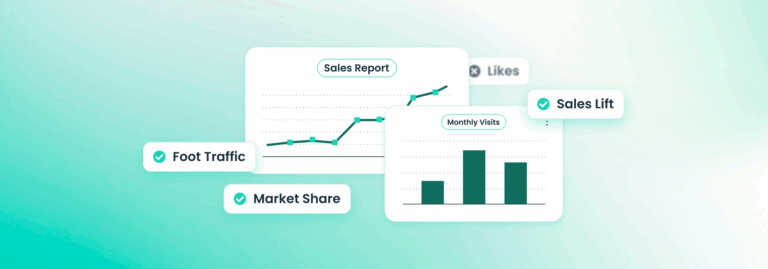The Future of Location panel at xAd On Location
Location technology has advanced by leaps and bounds in recent years — and it’s about to take another huge step forward. Recently, Pew Research Center reported 90 percent of smartphone owners now rely on location-based services. The number of consumers who use mobile location technology to inform app content like weather, social networking, travel, and news is expected to go up by another 9 percent before the year is out.
There’s no denying that GPS has become a utility, capable of everything from tracking a storm to finding a good deal on gas. These were just two of the activities discussed at last month’s xAd On Location 2016. In a session titled “The Future of Location,” Scott Lincke, VP of Consumer Products at WeatherBug, and Walt Doyle, CEO of GasBuddy talked value, convenience, and experience in the context of location. Let’s take a look back at their thoughts, and how their business practices can be applied to location marketing strategies in the year to come.
Creating a More Accurate Consumer Experience
Where would WeatherBug be without location data? As Scott Lincke explained, the app uses it to augment data from its own weather sensors and provide consumers with useful and important information like when and where lightning strikes. With location data, WeatherBug can deliver a rich, real-time, reliable user experience. That’s key when you’re dealing with weather patterns that users need to be able to track in relation to where they live, travel, and work.
The Role of Context in Content
For a service like GasBuddy, which uses location and crowdsourcing to help more than 60 million consumers find low gas prices near them, “Location is everything.” According to Walt Doyle, who spoke those words at the event, location services are largely about convenience. “Without location, so many of the services we use are kind of worthless,” he said.
The same logic applies to advertising. “Why would you advertise anything on a mobile phone without location?” Doyle asked. “It’s not just about where you are, but where you might be in the future. Without location on a mobile phone, there’s no context.”
It’s certainly true that in order to effectively engage consumers, marketers need to serve contextually-appropriate ads. As such, location is playing an increasingly significant role as advertisers continue to recognize the value of knowing both where consumers are and where they’re going. In the year to come, we’re sure to see even more brands embrace location marketing to make their ad content as meaningful and relevant as possible.





